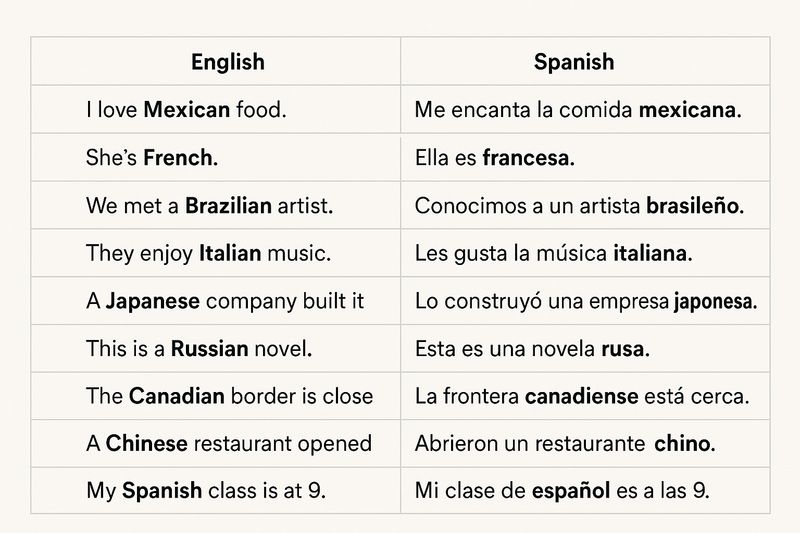The Intricacies of Capitalization in English vs. Spanish
When learning a new language, it's the subtle nuances that often trip up students. One such nuance is the use of capitalization, which varies significantly between English and Spanish. This difference can sometimes lead to confusion, especially for those accustomed to the English way of doing things, where we do capitalize nationalities, languages, and proper adjectives.
Understanding Capitalization in English
In English, capitalization rules are deeply ingrained in the language's grammar. The first word of every sentence is capitalized, along with proper nouns, days of the week, months of the year, and titles of works. This use of capital letters serves multiple purposes, including signaling the start of a new sentence, highlighting specific names or titles, and distinguishing between common and proper nouns. It's a fundamental aspect of written English that aids in readability and comprehension.
Understanding Capitalization in Spanish
In Spanish, "mexicano" is not capitalized when used as a noun or adjective (e.g., soy mexicano, la comida mexicana), because Spanish grammar rules state that nationalities, languages, and adjectives derived from proper nouns are not capitalized unless they begin a sentence.

Learning with examples

The Spanish Approach to Capitalization
Spanish, in contrast, employs a more minimalist approach to capitalization. While the first word of a sentence is also capitalized, the use of capital letters is generally more restrained. For instance, days of the week, months of the year, and titles of works are usually not capitalized. This approach reflects the Spanish language's emphasis on simplicity and efficiency in written communication.
Challenges and Tips for Learners
One challenge for learners is remembering the specific rules and exceptions for each language. For example, English speakers might overcapitalize when writing in Spanish, while Spanish speakers might undercapitalize in English. To overcome these challenges, learners can practice by reading extensively in their target language, paying close attention to capitalization, and writing regularly to apply what they've learned.
